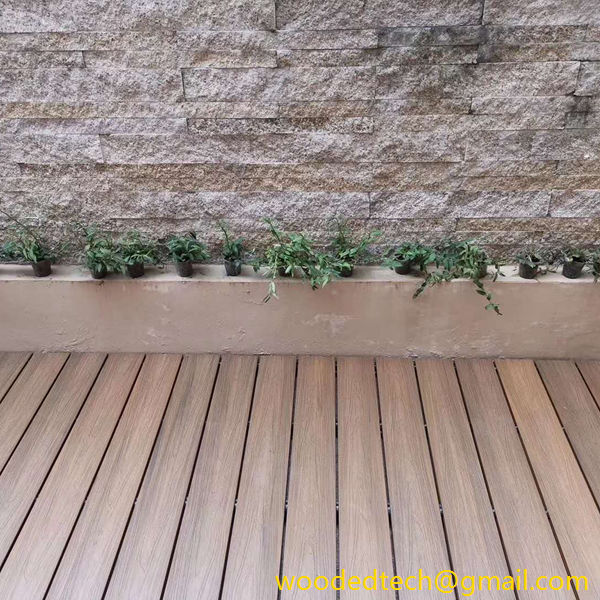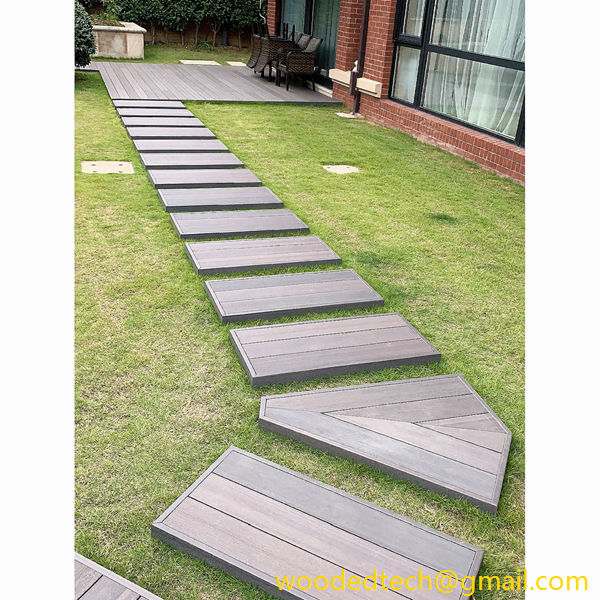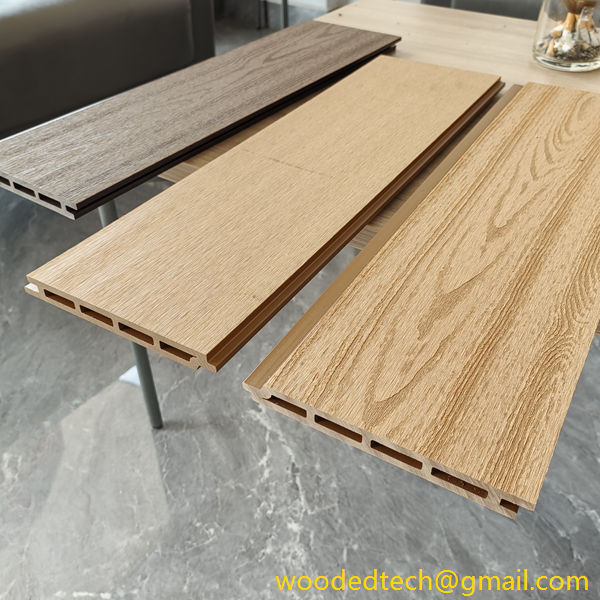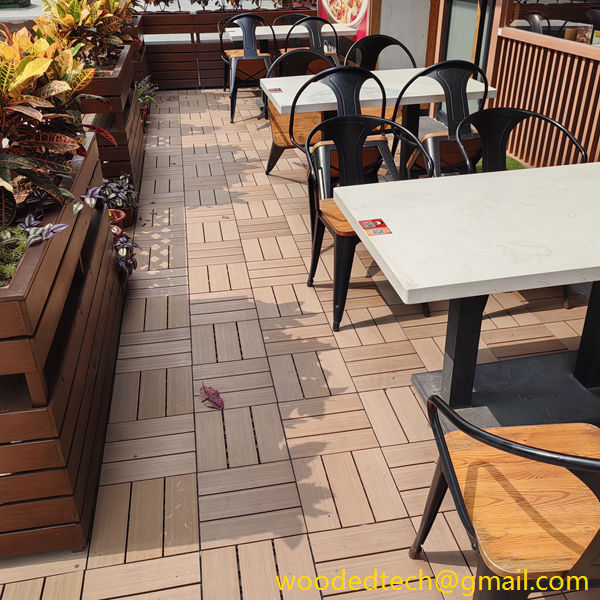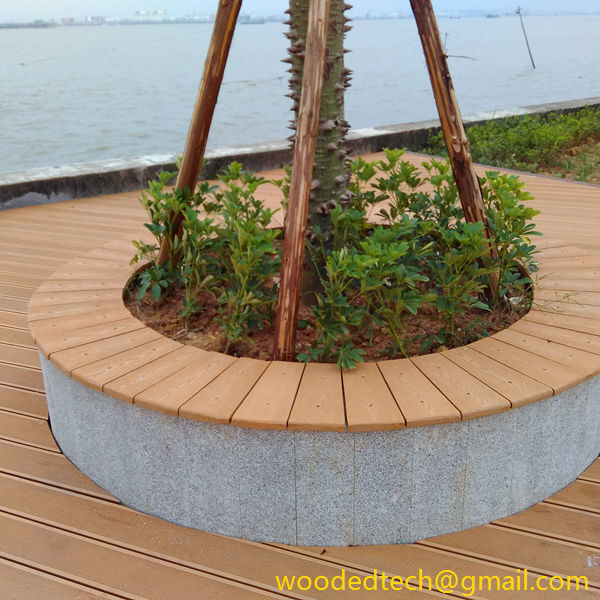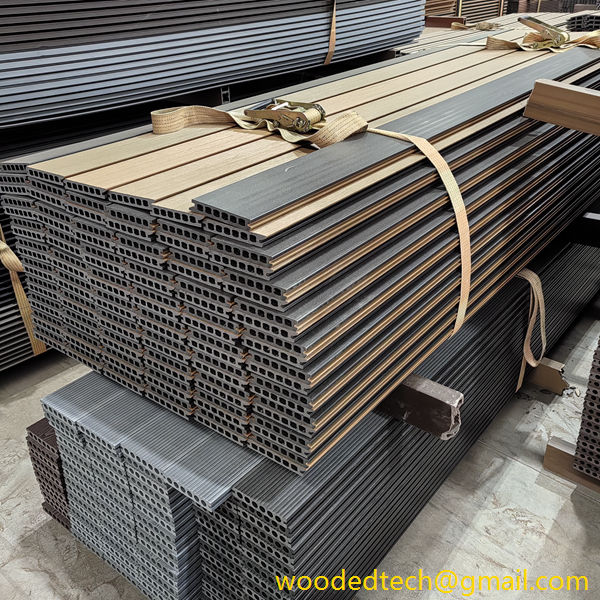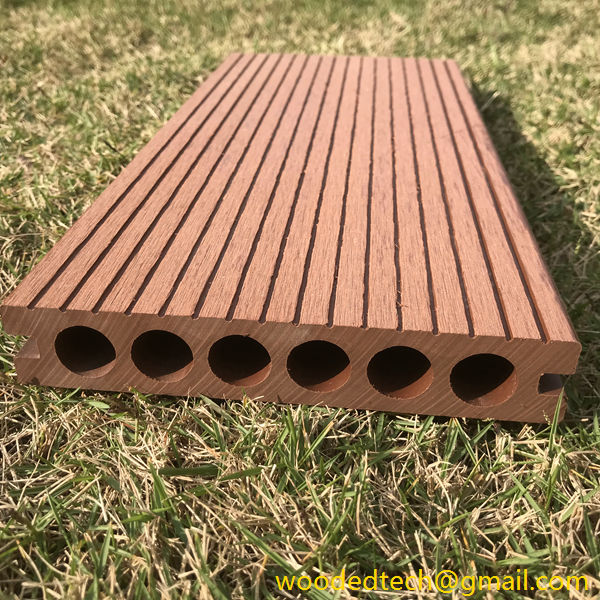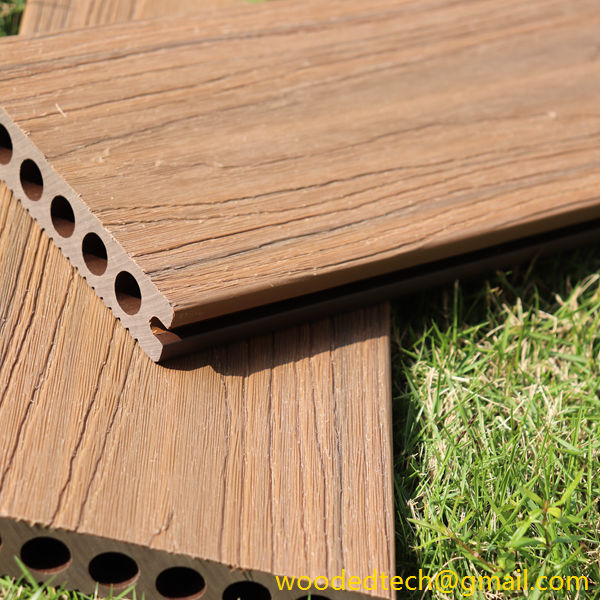Standard Size of WPC Panel: Understanding Standard Sizes for WPC Panels
Standard Size of WPC Panel: Understanding Standard Sizes for WPC Panels Wood Plastic Composite (WPC) panels are gaining immense popularity in various industries, including construction, furniture, and interior design, due to their unique blend of durability and aesthetic appeal. These panels are made by combining wood fibers with thermoplastics, resulting in a material that offers…
Standard Size of WPC Panel: Understanding Standard Sizes for WPC Panels
Wood Plastic Composite (WPC) panels are gaining immense popularity in various industries, including construction, furniture, and interior design, due to their unique blend of durability and aesthetic appeal. These panels are made by combining wood fibers with thermoplastics, resulting in a material that offers the best of both worlds: the natural look of wood and the resilience of plastic. As the demand for WPC panels grows, so does the need to understand their standard sizes and how these can be customized to meet specific requirements.
WPC panels come in various standard sizes, which can vary depending on the manufacturer and the intended application. However, there are some common dimensions that are widely recognized in the industry. The most typical size for WPC panels is 4 feet by 8 feet, which translates to 48 inches by 96 inches. This size is standard in many building projects, making it a convenient option for contractors and designers.
In addition to the 4×8 size, WPC panels can also be found in other dimensions, such as 4×6 feet and 4×10 feet. These variations allow for flexibility in design and installation, catering to different project requirements. Furthermore, the thickness of WPC panels can vary as well, typically ranging from 5mm to 25mm. Thicker panels tend to offer greater durability and are often used in applications that require additional strength, such as outdoor decking or heavy-duty furniture.
One of the most significant advantages of WPC panels is their customizable nature. While standard sizes provide convenience, many projects require specific dimensions that align with unique design specifications. Custom sizes can be tailored to fit particular spaces, enabling architects and designers to create seamless installations.
Customization options for WPC panels extend beyond just size. They also include variations in color, texture, and finish. Manufacturers often offer a range of colors that mimic natural wood finishes, such as oak, walnut, and mahogany. This allows designers to choose a panel that complements their overall design scheme. Additionally, surface textures can be customized to achieve desired aesthetics, whether that be a smooth finish for a modern look or a textured surface for a more rustic appearance.
Understanding the standard sizes of WPC panels is crucial for efficient planning and execution of projects. Standard sizes simplify ordering and inventory management, allowing contractors to predict costs and timelines more accurately. They also facilitate easier handling and transportation, as these sizes are commonly available and widely recognized.
On the other hand, the ability to customize WPC panels provides significant advantages for unique projects. Custom sizes allow for better utilization of space and materials, reducing waste. For instance, if a project involves irregularly shaped areas or specific architectural features, custom panels can ensure a perfect fit without the need for excessive cutting or adjustments. This not only saves time but also minimizes the risk of errors during installation.
WPC panels are versatile and can be used in various applications. In residential construction, they are commonly used for decking, fencing, and siding. Their resistance to moisture, insects, and decay makes them an ideal choice for outdoor use. In commercial settings, WPC panels are often used in wall cladding, ceilings, and flooring, providing a sleek and modern appearance.
Furniture manufacturers also favor WPC panels for their lightweight yet sturdy properties. Customized WPC panels can be designed to create unique pieces that meet specific style requirements. This flexibility allows furniture designers to experiment with shapes and functionalities, leading to innovative designs that stand out in the market.
As environmental awareness grows, the sustainability of materials used in construction and design is increasingly scrutinized. WPC panels present a more eco-friendly alternative to traditional wood products. By utilizing recycled plastics and wood fibers, WPC panels reduce the demand for virgin timber and help in managing plastic waste. Additionally, their long lifespan and low maintenance requirements contribute to reduced resource consumption over time.
The ability to customize WPC panels also aligns with sustainable practices. By ordering panels in precise sizes, manufacturers can reduce waste generated during the production and installation processes. This thoughtful approach to material usage underscores the growing trend toward sustainability in the construction and design industries.
Understanding the standard sizes of WPC panels is essential for anyone involved in construction or design. These panels offer a perfect blend of aesthetic appeal, durability, and customization options, making them an attractive choice for a wide range of applications. Whether opting for standard sizes for convenience or customizing dimensions and finishes for specific projects, WPC panels provide the versatility needed to meet modern design demands. As we continue to embrace sustainable practices, the role of WPC panels will undoubtedly become even more significant in shaping the future of construction and interior design.

